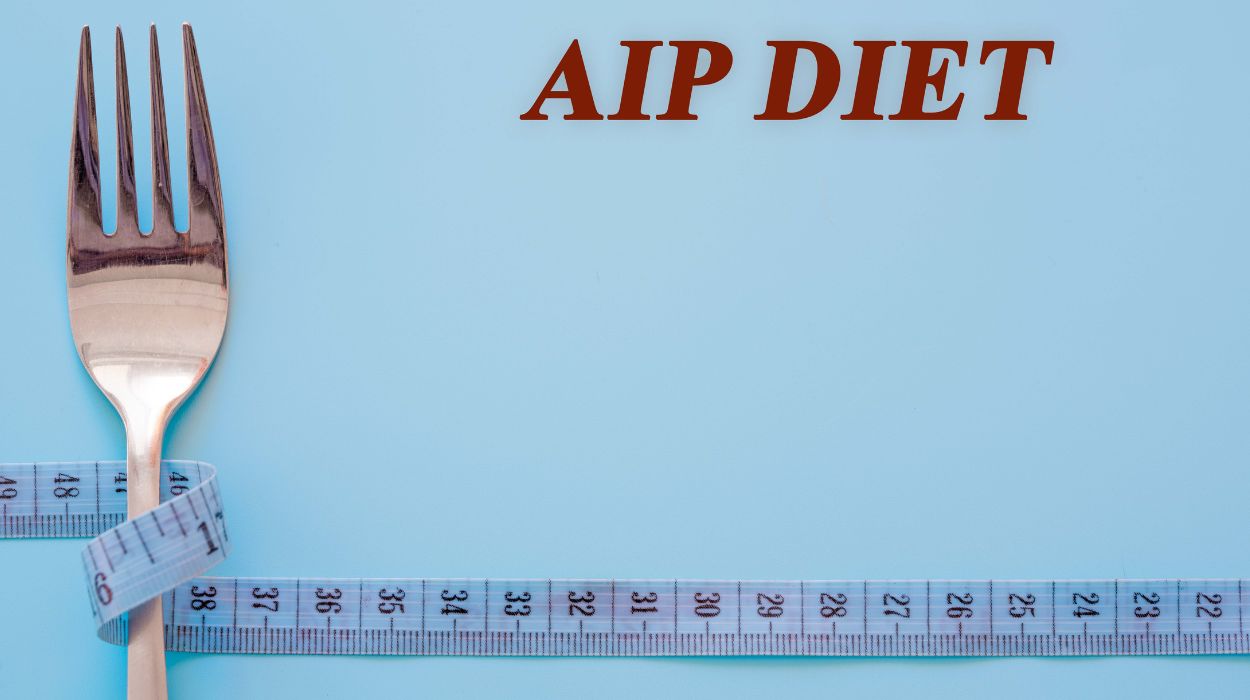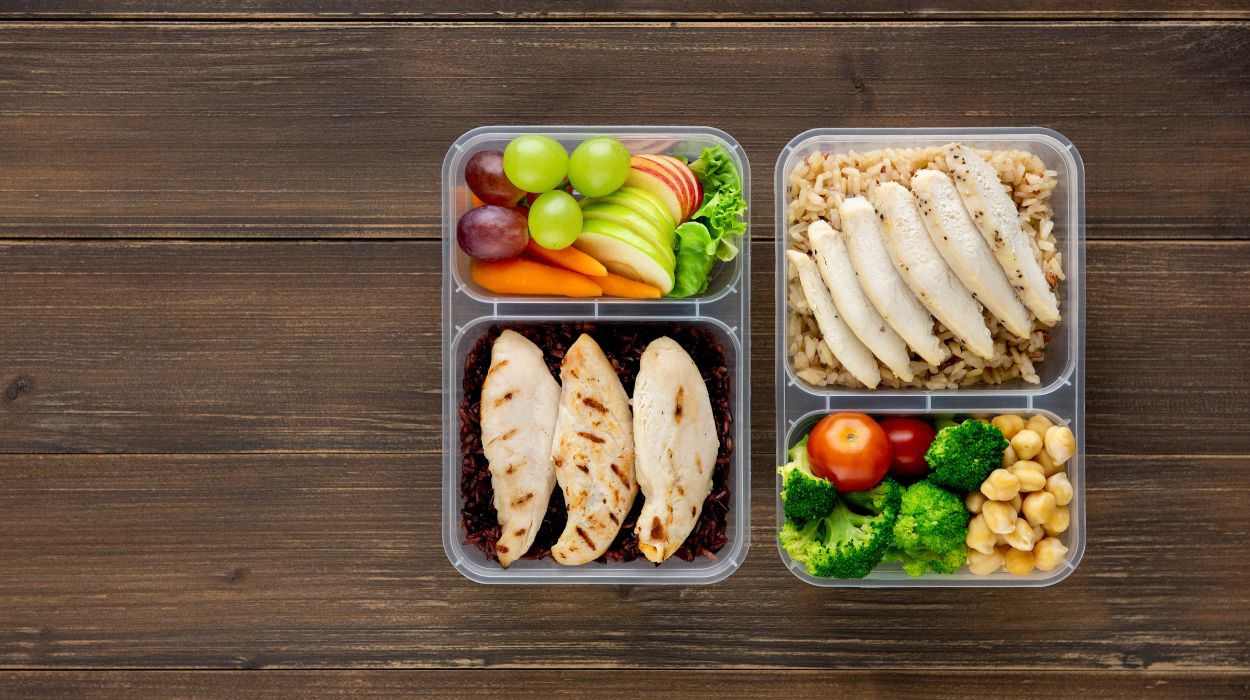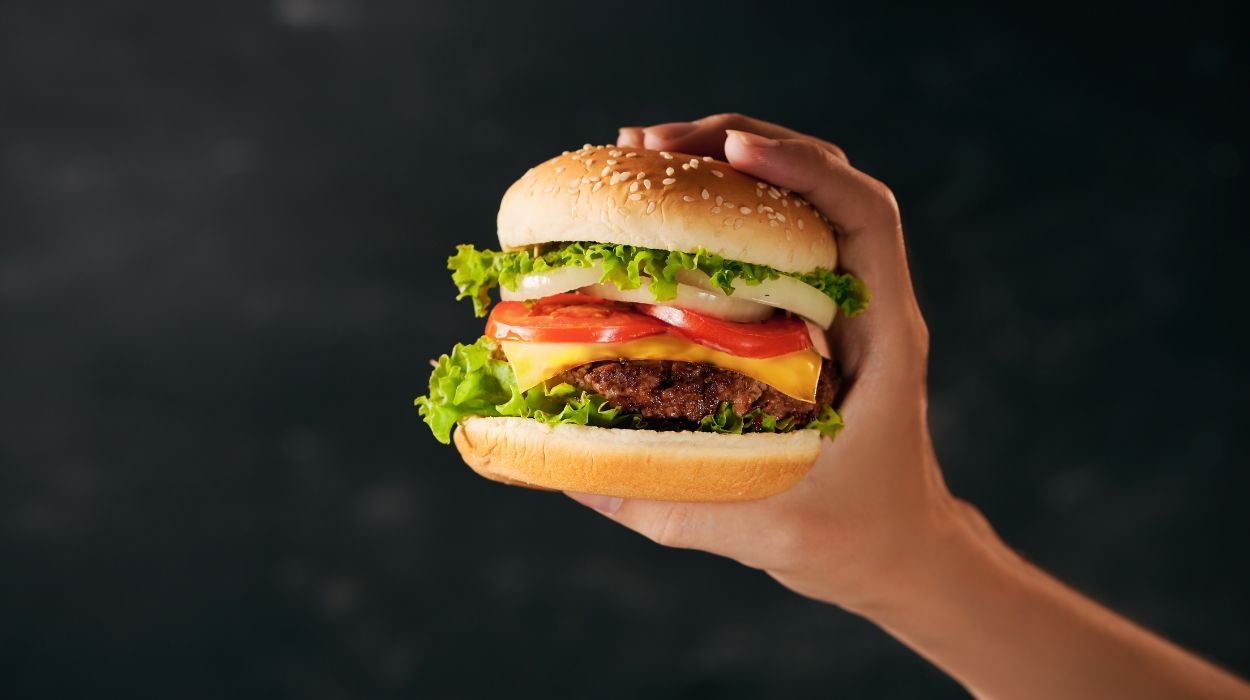 Expert's opinion
Expert's opinion
Expert's opinion
The article is a subjective view on this topic written by writers specializing in medical writing.
It may reflect on a personal journey surrounding struggles with an illness or medical condition, involve product comparisons, diet considerations, or other health-related opinions.
Although the view is entirely that of the writer, it is based on academic experiences and scientific research they have conducted; it is fact-checked by a team of degreed medical experts, and validated by sources attached to the article.
The numbers in parenthesis (1,2,3) will take you to clickable links to related scientific papers.
AIP Diet Plan 2024 – Beginner’s Guide, Benefits & Food List

What is the AIP Diet? AIP stands for Autoimmune Protocol and is a diet recommended for those wanting to reduce chronic inflammation and pain. It has also been used as a weight-loss protocol for losing weight without cutting calories.
The AIP Diet can be especially helpful for people suffering from autoimmune diseases such as celiac disease, lupus, rheumatoid arthritis, Hashimoto’s thyroiditis[1], or inflammatory bowel diseases. There are over 100 autoimmune conditions that the AIP can help. Some people who want to drop pounds and do not have an autoimmune disease may benefit from this diet as well.
Although research studies[2] are not conclusive on how this diet works, case studies show that this protocol has helped reduce autoimmune symptoms like fatigue, joint pain, rashes, headaches, and disruptions of microbiome or gut health.
AIP Diet Plan For Beginners
The API (Autoimmune Protocol) diet and the Paleo diet are often used interchangeably although the AIP may be a stricter version. Called the Caveman or Stone Age diet, it is a high-protein, high-fiber diet of fresh lean meats and fish, fruits and vegetables, and healthy fats, nuts, and seeds.
When our ancestors roamed the earth as cavemen, they were hunters and gatherers. They only ate what was found in nature, so no growing of crops such as grains, no dairy, and of course, no processed, packaged, or preserved foods that are available today.
It is necessary to eliminate all foods that do not fit into the plan as you transition to an API diet, as they are known to affect the permeability of the gut wall in susceptible individuals. It is this permeability that causes the autoimmune response. Start this diet gradually so as not to shock the body. Once all suspicious foods have been eliminated, the reintroduction phase begins by eating one food at a time to track how the body reacts.
Can You Lose Weight On AIP Diet?
The AIP Diet was created to help those suffering from autoimmune diseases. However, if you are struggling with weight loss, this diet may help you lose weight since it eliminates many unhealthy foods. It is also a difficult diet to follow as it is very restrictive in what you can eat. When reintroducing foods back into your meal plan, do so carefully and slowly, so you don’t start to regain the weight you have already lost.
Benefits Of The AIP Diet Plan
Numerous factors can trigger inflammation. It is the body’s defense mechanism against foreign substances or injuries that could be harmful. It does this by producing antibodies that attack the foreign substance, engulf it, and then eliminate it. This is our immune system.
Sometimes the immune system gets mixed signals and produces antibodies that start to attack healthy cells. This is called an autoimmune response and can develop into a more serious disorder or disease.
Conditions that can cause an autoimmune response vary. Doctors believe[3] that infection, stress, diet, prolonged inflammation, and some medications can be responsible. Genetic predisposition may even be an underlying contribution.
There is considerable evidence[3] that people whose guts (microbiome) are out of balance may develop “leaky gut syndrome,” which might be a significant cause of autoimmune disorders. A leaky gut happens when the intestinal wall becomes permeable to some toxins, antigens, and bacteria as well as food substances like gluten, which, when they enter the bloodstream, act like foreign substances, thus creating an autoimmune response.
Studies[4] have found that managing one’s diet can help to maintain a healthy balance in the gut. For example, researchers from the Scripps Clinic in California studied the role diet plays in inflammatory bowel disease. Their findings suggested that diet may help modify inflammatory pathways in people with ulcerative colitis, an autoimmune disease.
Popular diets such as API, Paleo, and Mediterranean focus on supporting a healthy gut by recommending only healthy foods as eating choices. In particular, the AIP diet focuses on eliminating problem foods and replacing them with healthy nutrient-dense foods. Nutrient-dense foods are believed to help heal the gut while reducing inflammation and symptoms of autoimmune diseases.

AIP (Autoimmune Protocol) Diet Phases
Elimination Phase
This phase should last for 2-6 weeks, during which foods that may cause inflammation of the gut, such as grains, legumes, nightshade vegetables like tomatoes, potatoes, and eggplant, eggs, and dairy, are completely avoided. The elimination diet is mostly used to determine food sensitivities as they are the most elusive.
According to Dr. Karen D. Johnson, the top four allergen offenders are dairy, gluten, eggs, and soy. If her patient has joint pain and inflammation, she will try eliminating nightshades but finds this might not be necessary for everyone. According to the Cleveland Clinic, nightshades are believed to promote inflammation as they contain toxic alkaloids.
Tobacco, alcohol, coffee, unhealthy oils, food additives, refined and processed sugars, and certain anti-inflammatory drugs such as ibuprofen, naproxen, and high doses of aspirin should also be avoided.
Only whole fresh foods high in nutrients are eaten during this phase. The addition of fermented foods and bone broth can help support the gut. Observation and improvement in lifestyle behavior such as lowering stress, getting a good night’s sleep, and daily physical activity are also important during this phase.
Although some people may notice improvements within the first three weeks, it is recommended to follow this phase for 30-90 days until all suspicious foods are eliminated.
Reintroduction Phase
This is a gradual phase where one of the eliminated foods is gradually reintroduced into the diet for 5-7 days before the next food is introduced. If symptoms don’t improve or get worse, stop eating that food and go on to the next food. The objective is to identify which foods contribute to a person’s symptoms and which do not. This is the most difficult phase so be patient. It usually takes 8-12 weeks.
Some proponents of this protocol recommend that foods be introduced in a particular order. For example, when reintroducing dairy, choose dairy products with the lowest lactose concentration to reintroduce first, such as ghee or fermented dairy products.
Working with a nutritional counselor or dietician during this phase can be very helpful. They each will have their own steps for reintroduction, but the intention is the same. Find the foods that cause the inflammatory symptoms. Keeping a food diary that identifies symptoms relative to food reintroduction may be helpful in identifying problematic foods and is part of the suggested protocol.
Here is a suggested protocol[5] from Functional Medicine doctor Liz Carter:
- Make a list of all the foods you want to reintroduce, ordering them from the greatest desire to the least desire.
- Eat one food three times for one day and track your symptoms.
- Record any symptoms or reactions that you have for the next three days or until the symptoms resolve in your food diary.
- Wait a minimum of 3 more days before reintroducing the next food on your list.
Any food that creates symptoms should be on your “do not eat” list. You can try introducing this food again after you have finished your reintroduction protocol. It is also best to temporarily stop this protocol if you are experiencing an infection, a poor sleep period, or during a highly stressful time. These tend to increase your inflammation and make it difficult to interpret your dietary results.
Maintenance Phase
This is the personalization phase of the diet, where each person works on finding the balance between the foods that do not bother them and those that do. These may change over time, so doing a modified AIP later may help regain a balance.
AIP Diet Food List
If you are following the AIP Diet or are going through elimination and reintroduction, these foods will support you. In fact, these foods should be the basis of a well-balanced, healthy diet on a daily basis.
- Organic fruits and vegetables
- Healthy fats like coconut oil, olive oil, avocado oil
- Nuts & Seeds (unless a nut sensitivity is suspected)
- Nut and hemp milk
- Chicken
- Lean grass-fed beef
- Wild-caught fish
- Brown and white rice
- Gluten-free grains like amaranth and quinoa
Foods To Avoid

The following foods are known to cause inflammation and can act as triggers, especially for people with autoimmune diseases.
- All processed foods or packaged foods with many ingredients
- Gluten and grains with gluten
- Dairy
- Eggs
- Shellfish
- Soy
- Nightshades
- Legumes
- Citrus fruits
- Sugars
- Alcohol
- Coffee (all caffeine)
Conclusion
The literature indicates the AIP diet does work, just not for everyone. Research evidence suggests it may reduce inflammation and some symptoms in certain autoimmune diseases. Inflammatory bowel[2] disease, in particular, has responded well to the AIP diet. Limited clinical trials show a reduction in symptoms for other inflammatory conditions.
Since the diet is restrictive, it is advisable to take a multivitamin, essential fatty acids, and calcium during the elimination and reintroduction phases to ensure your nutrient needs are met. This regimen should continue until you are safely in the maintenance phase.
This diet is difficult diet to follow due to its length of time and the impact on the body of those already suffering from autoimmune diseases. If it works for a particular person, however, it can be a huge relief to their medical and psychological states as well as to their daily lives.
+ 5 sources
Health Canal avoids using tertiary references. We have strict sourcing guidelines and rely on peer-reviewed studies, academic researches from medical associations and institutions. To ensure the accuracy of articles in Health Canal, you can read more about the editorial process here
- Abbott, R.D., Sadowski, A. and Alt, A.G. (2019). Efficacy of the Autoimmune Protocol Diet as Part of a Multi-disciplinary, Supported Lifestyle Intervention for Hashimoto’s Thyroiditis. Cureus. [online] doi:https://doi.org/10.7759/cureus.4556.
- Konijeti, G.G., Kim, N., Lewis, J.D., Groven, S., Chandrasekaran, A., Sirisha Grandhe, Diamant, C., Singh, E., Oliveira, G., Wang, X., Bhuvan Molparia and Torkamani, A. (2017). Efficacy of the Autoimmune Protocol Diet for Inflammatory Bowel Disease. Inflammatory Bowel Diseases, [online] 23(11), pp.2054–2060. doi:https://doi.org/10.1097/mib.0000000000001221.
- Mu, Q., Kirby, J., Reilly, C.M. and Luo, X. (2017). Leaky Gut As a Danger Signal for Autoimmune Diseases. Frontiers in Immunology, [online] 8. doi:https://doi.org/10.3389/fimmu.2017.00598.
- Chandrasekaran, A., Bhuvan Molparia, Akhtar, E., Wang, X., Lewis, J.D., Chang, J.T., Oliveira, G., Torkamani, A. and Konijeti, G.G. (2019). The Autoimmune Protocol Diet Modifies Intestinal RNA Expression in Inflammatory Bowel Disease. Crohn’s & colitis 360, [online] 1(3). doi:https://doi.org/10.1093/crocol/otz016.
- Carter, L. (n.d.). How to Reintroduce Foods on the Elimination Diet Navigate the Most Difficult Part of the Process with 4 Step Guide. [online] Available at: https://www.drlizcarter.com/wp-content/uploads/2017/06/Elimination-diet-re-introducing-foods-v1.pdf.



